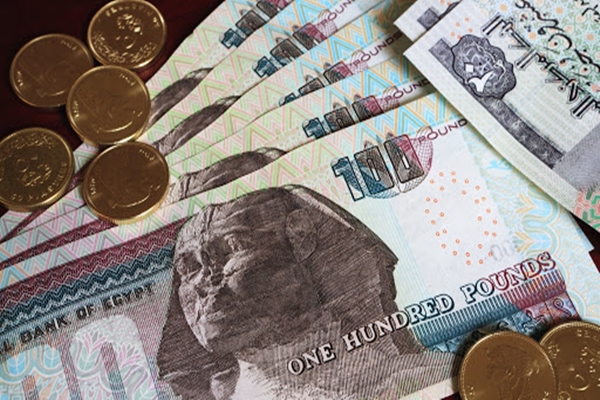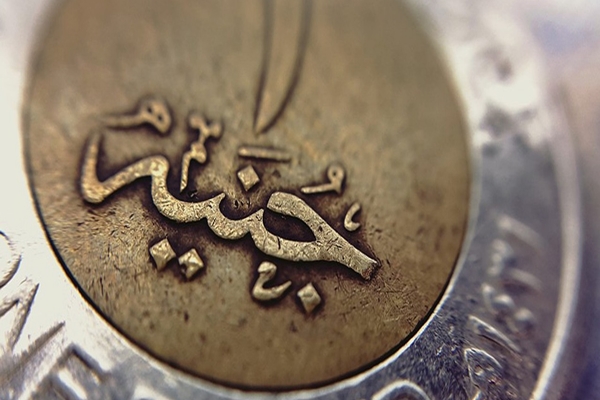Egypt economy ranking ,The economy of Egypt was an exceptionally brought together economy zeroed in on import replacement under president Gamal Abdel Nasser (1954-1970). During the 1990s, a progression of International Monetary Fund plans, combined with gigantic outer obligation alleviation coming about because of Egypt’s support in the Gulf War alliance, assisted Egypt with improving its macroeconomic execution.
Since 2000, the movement of underlying changes, including financial, money related approaches, tax assessment, privatization and new business enactments, assisted Egypt with moving towards a more market-arranged economy and incited expanded unfamiliar venture. The changes and approaches have fortified macroeconomic yearly development results which found the middle value of 8% every year somewhere in the range of 2004 and 2009 however the public authority to a great extent neglected to impartially share the riches and the advantages of development have neglected to stream down to improve monetary conditions for the more extensive populace, particularly with the developing issue of joblessness and underemployment.

Egypt economy ranking
Egypt’s monetary opportunity score is 54.0, making its economy the 142nd freest in the 2020 Index. Its general score has expanded by 1.5 focuses, principally as a result of a higher property rights score. Egypt is positioned eleventh among 14 nations in the Middle East and North Africa district, and its general score is well underneath the territorial and world midpoints.
The Egyptian economy has grieved in the generally unfree classification for over twenty years. Development of GDP in the course of recent years, be that as it may, has been solid. The development and energy areas are the primary motors of development.
To start gaining genuine ground in growing financial opportunity, the public authority should seek after favorable to business strategies to improve the speculation atmosphere, hold quick to its timetable of cuts in endowments, and proceed with monetary changes, (for example, the benefits change passed in 2019) to diminish Egypt’s devastating degree of public obligation.

Read
Macroeconomic trend
Egypt before and today has a fairly steady blended economy in with normal development, averaging 3–5% in the past 25 years. The economy set out on different phases of advancement during which the general population and private areas assumed jobs fluctuating in relative significance as follows:
- Import Substitution and Nationalization (1952–1966): during which the first program of industrialization in quite a while set up and drove by the public area in weighty enterprises, for example, iron and steel, compound businesses, and large equipment. Nationalization decreased the general significance of the private area. There was no stock exchanging at all, all banks and monetary organizations were under the public area, and unfamiliar direct venture was nearly prohibited.
Between War (1967–1973): unfavorably influenced the exhibition of the economy and public area part in import replacement.
- Transparency Euphoria (1974–1985): during which arrangements were acquainted with support Arab and unfamiliar speculation through a progression of motivating forces and changing exchange and installment; weighty accentuation was put on building up the travel industry and material assembling industry as drivers of development, the economy extended however this demonstrated unreasonable and development thusly downsized.
Outer Debt Crisis (1985–1990): the outside obligation emergency and Paris Club rescheduling and obligation decrease.

- Monetary Reform (1991–2007): change arrangements were acquainted with meet the details of global organizations, banks and givers, including more extensive impetuses to the function of the private area in every single financial movement.
- The Post Global Financial Crisis (2008–2011): taking off food costs, particularly for grains, prompted requires the public authority to give more quick help to the number of inhabitants in over 40% in the “destitution burrow” and to strike “another arrangement” on farming approach and change. Egypt confronted the drawn out organic market side repercussions of the worldwide monetary emergency on the public economy.
- Post-Revolution (2012–2016): the Egyptian economy experienced an extreme slump following the 2011 upset and the public authority confronted various difficulties to reestablish development, market and financial specialist certainty.
- Egypt’s unfamiliar trade saves tumbled from $36 billion in December 2010 to just $16.3 billion in January 2012 because of propping up the Egyptian pound against the dollar. Worries about social agitation and the nation’s capacity to meet its monetary targets incited rating offices to bring down the nation’s FICO score on a few events. In 2016 Egypt skimmed its cash and set out on a local monetary change program upheld by a $12 billion IMF advance in an offer to reestablish macroeconomic soundness and development. By mid, 2019, Egypt had gotten 10 of the 12 billion mentioned







